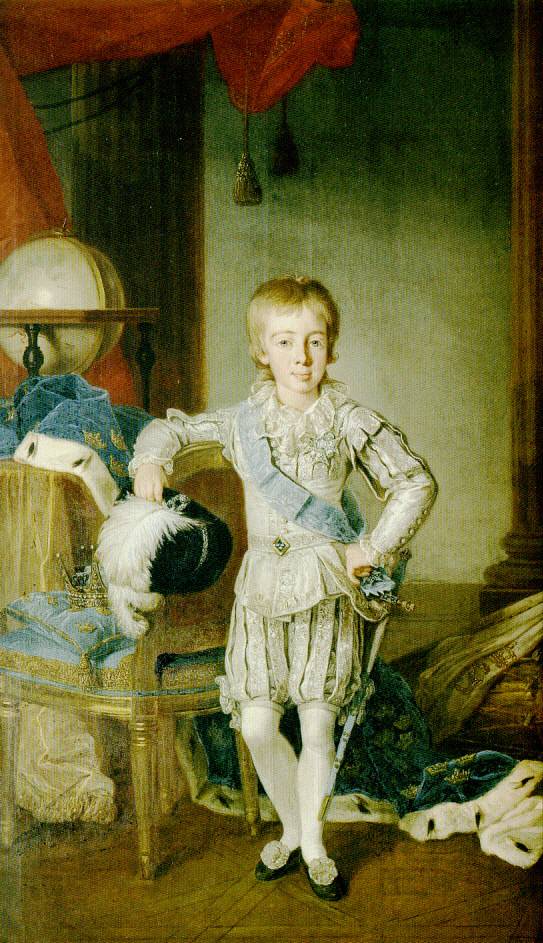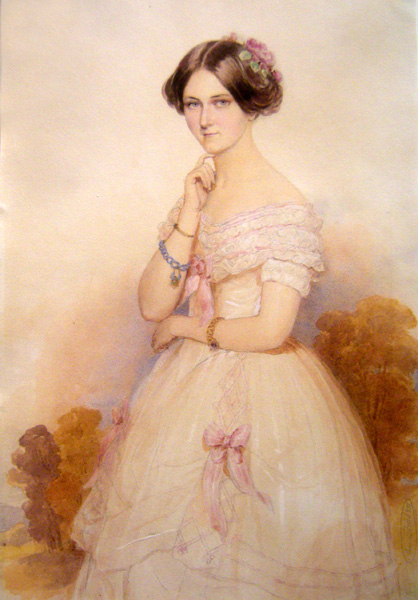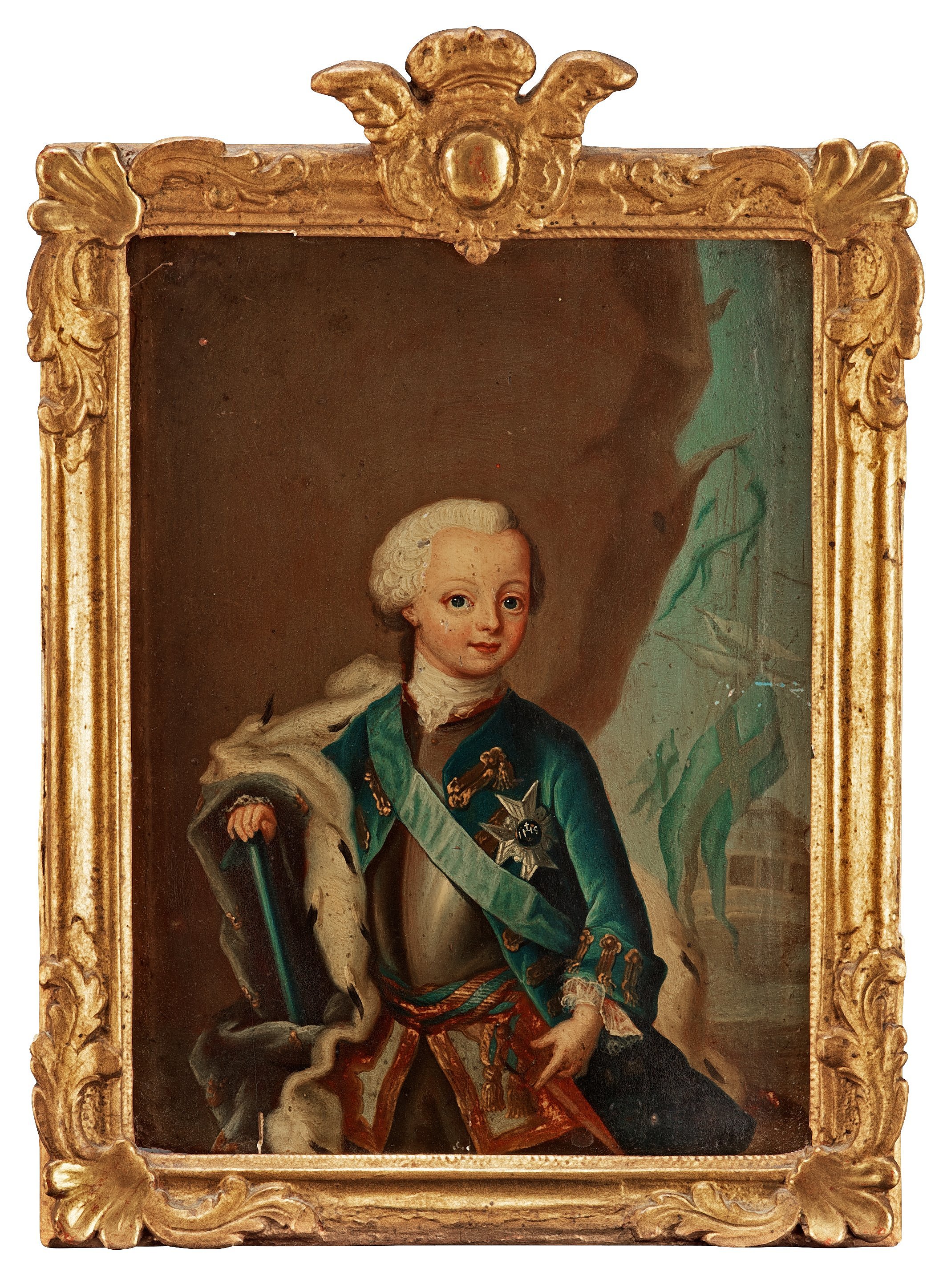|
House Of Holstein-Gottorp (Swedish Line)
The House of Holstein-Gottorp, a cadet branch of the Oldenburg dynasty, ruled Sweden between 1751 and 1818, and Norway from 1814 to 1818. The current royal family, Bernadotte, is ''de jure'' a branch of the Holstein-Gottorps due to the last Holstein-Gottorp king's adoption of the first Bernadotte king, Charles XIV John. In 1743, Adolf Frederick of Holstein-Gottorp was elected crown prince of Sweden as a Swedish concession to Russia, a strategy for achieving an acceptable peace after the disastrous war of the same year. He became King of Sweden in 1751. King Gustav III, Adolf Frederick's eldest son, was enthusiastic that through his great-great-grandmother their dynasty descended from the royal House of Vasa. He expressed wishes that their house be known as Vasa, as the new royal house of Vasa and the continuation of the original. There was no effective way to force this change. Historians have not agreed with Gustav's desires, and the house is always referred to as Holstein- ... [...More Info...] [...Related Items...] OR: [Wikipedia] [Google] [Baidu] |
Cadet Branch
In history and heraldry, a cadet branch consists of the male-line descendants of a monarch's or patriarch's younger sons ( cadets). In the ruling dynasties and noble families of much of Europe and Asia, the family's major assets— realm, titles, fiefs, property and income—have historically been passed from a father to his firstborn son in what is known as primogeniture; younger sons—cadets—inherited less wealth and authority to pass to future generations of descendants. In families and cultures in which this was not the custom or law, as in the feudal Holy Roman Empire, equal distribution of the family's holdings among male members was eventually apt to so fragment the inheritance as to render it too small to sustain the descendants at the socio-economic level of their forefather. Moreover, brothers and their descendants sometimes quarreled over their allocations, or even became estranged. While agnatic primogeniture became a common way of keeping the family's wea ... [...More Info...] [...Related Items...] OR: [Wikipedia] [Google] [Baidu] |
Gustav IV Adolf Of Sweden
Gustav IV Adolf or Gustav IV Adolph (1 November 1778 – 7 February 1837) was King of Sweden from 1792 until he was deposed in a coup in 1809. He was also the last Swedish monarch to be the ruler of Finland. The occupation of Finland in 1808–09 by Russian forces was the immediate cause of Gustav's violent overthrow by officers of his own army. Following his abdication on 29 March 1809, an Instrument of Government was hastily written, which severely circumscribed the powers of the monarchy. The "Instrument" was adopted in 1809 on 6 June, the National Day of Sweden now as well as in his time. It remained in force until replaced in 1974. The crown, now with strictly limited powers, passed to Gustav's uncle Charles XIII, who had no legitimate children; this want of heirs set into motion the quest for a successor, who was found the following year in the person of Jean-Baptiste Jules Bernadotte, the first monarch of the present royal family. ch 37 pp 203-19 Early life Gustav Adol ... [...More Info...] [...Related Items...] OR: [Wikipedia] [Google] [Baidu] |
List Of Norwegian Monarchs
The list of Norwegian monarchs ( no, kongerekken or ''kongerekka'') begins in 872: the traditional dating of the Battle of Hafrsfjord, after which victorious King Harald Fairhair merged several petty kingdoms into that of his father. Named after the homonymous geographical region, Harald's realm was later to be known as the Kingdom of Norway. Traditionally established in 872 and existing continuously for over 1,100 years, the Kingdom of Norway is one of the original states of Europe: King Harald V, who has reigned since 1991, is the 64th monarch according to the official list. During interregna, Norway has been ruled by variously titled regents. Several royal dynasties have possessed the Throne of the Kingdom of Norway: the more prominent include the Fairhair dynasty (872–970), the House of Sverre (1184–1319), and the House of Oldenburg (1450–1481, 1483–1533, 1537–1814, and from 1905) including branches Holstein-Gottorp (1814–1818) and Schleswig-Holstein-Sonde ... [...More Info...] [...Related Items...] OR: [Wikipedia] [Google] [Baidu] |
Royal House
A dynasty is a sequence of rulers from the same family,''Oxford English Dictionary'', "dynasty, ''n''." Oxford University Press (Oxford), 1897. usually in the context of a monarchical system, but sometimes also appearing in republics. A dynasty may also be referred to as a "house", "family" or "clan", among others. Historians periodize the histories of many states and civilizations, such as Ancient Iran (3200 - 539 BC), Ancient Egypt (3100 – 30 BC) and Ancient and Imperial China (2070 BC – AD 1912), using a framework of successive dynasties. As such, the term "dynasty" may be used to delimit the era during which a family reigned. Before the 18th century, most dynasties throughout the world have traditionally been reckoned patrilineally, such as those that follow the Frankish Salic law. In polities where it was permitted, succession through a daughter usually established a new dynasty in her husband's family name. This has changed in all of Europe's remaining ... [...More Info...] [...Related Items...] OR: [Wikipedia] [Google] [Baidu] |
House Of Hesse
The House of Hesse is a European dynasty, directly descended from the House of Brabant. They ruled the region of Hesse, one branch as prince-electors until 1866, and another branch as grand dukes until 1918. Burke's Royal Families of the World, Volume I: ''Europe & Latin America'' (1977), pp. 202, 208, 211-216. History The origins of the House of Hesse begin with the marriage of Sophie of Thuringia (daughter of Louis IV, Landgrave of Thuringia, and Elizabeth of Hungary) with Henry II, Duke of Brabant, from the House of Reginar. Sophie was the heiress of Hesse, which she passed on to her son, Henry, upon her retention of the territory following her partial victory in the War of the Thuringian Succession, in which she was one of the belligerents. Originally the western part of the Landgraviate of Thuringia, in the mid 13th century, it was inherited by the younger son of Henry II, Duke of Brabant, and became a distinct political entity. From the late 16th century, it was gen ... [...More Info...] [...Related Items...] OR: [Wikipedia] [Google] [Baidu] |
Victoria Of Baden
Sophie Marie Victoria of Baden (german: Sophie Marie Viktoria; 7 August 1862 – 4 April 1930) was Queen of Sweden from 8 December 1907 until her death in 1930 as the wife of King Gustaf V. She was politically active in a conservative fashion during the development of democracy and known to be pro-German during the First World War. Early life Princess Viktoria was born on 7 August 1862 at Karlsruhe Palace, Baden. Her parents were Grand Duke Frederick I of Baden, and Princess Louise of Prussia. Viktoria was named after her aunt by marriage, Crown Princess Victoria of Prussia, daughter of Queen Victoria of the United Kingdom. Victoria was tutored privately in the Karlsruhe Palace, by governesses and private teachers, in an informal "Palace School" with carefully selected girls from the aristocracy. She was given a conventional education for her gender and class with focus on art, music and languages, and could play the piano, paint and speak French and English. Victoria was gi ... [...More Info...] [...Related Items...] OR: [Wikipedia] [Google] [Baidu] |
Gustaf V
Gustaf V (Oscar Gustaf Adolf; 16 June 1858 – 29 October 1950) was King of Sweden from 8 December 1907 until his death in 1950. He was the eldest son of King Oscar II of Sweden and Sophia of Nassau, a half-sister of Adolphe, Grand Duke of Luxembourg. Reigning from the death of his father Oscar II in 1907 to his own death nearly 43 years later, he holds the record of being the oldest monarch of Sweden and the third-longest rule, after Magnus IV (1319–1364) and Carl XVI Gustaf (1973–present). He was also the last Swedish monarch to exercise his royal prerogatives, which largely died with him, although they were formally abolished only with the remaking of the Swedish constitution in 1974. He was the first Swedish king since the High Middle Ages not to have a coronation and so never wore the king's crown, a practice that has continued ever since. Gustaf's early reign saw the rise of parliamentary rule in Sweden although the leadup to World War I induced his dismissal of Li ... [...More Info...] [...Related Items...] OR: [Wikipedia] [Google] [Baidu] |
Carola Of Vasa
Carola of Vasa-Holstein-Gottorp (''Caroline Friederike Franziska Stephanie Amalie Cäcilie''; 5 August 1833 – 15 December 1907), was by birth a titular Princess of Sweden and styled ''Princess of Vasa'' as member of the House of Holstein-Gottorp, and by marriage the last Queen consort of Saxony. At the side of her husband, Carola dedicated herself to the charitable development of new social institutions in the Kingdom of Saxony. With the founding of the Albert Association (German: ''Albertverein'') in 1867 and other nursing and training institutions, she set impulses in the areas of charity, poor and sick care as well as the care of the wounded. In addition, she was involved in aid, children's and women's associations for the support of the disadvantaged. She was a recipient of the Order of Sidonia and gave her name to the Carola Medal for charity, which was named after her. Numerous places are named after her, especially in Dresden. Princess of Vasa 1833–1853 Chil ... [...More Info...] [...Related Items...] OR: [Wikipedia] [Google] [Baidu] |
Austria
Austria, , bar, Östareich officially the Republic of Austria, is a country in the southern part of Central Europe, lying in the Eastern Alps. It is a federation of nine states, one of which is the capital, Vienna, the most populous city and state. A landlocked country, Austria is bordered by Germany to the northwest, the Czech Republic to the north, Slovakia to the northeast, Hungary to the east, Slovenia and Italy to the south, and Switzerland and Liechtenstein to the west. The country occupies an area of and has a population of 9 million. Austria emerged from the remnants of the Eastern and Hungarian March at the end of the first millennium. Originally a margraviate of Bavaria, it developed into a duchy of the Holy Roman Empire in 1156 and was later made an archduchy in 1453. In the 16th century, Vienna began serving as the empire's administrative capital and Austria thus became the heartland of the Habsburg monarchy. After the dissolution of the H ... [...More Info...] [...Related Items...] OR: [Wikipedia] [Google] [Baidu] |
Marshal Of France
Marshal of France (french: Maréchal de France, plural ') is a French military distinction, rather than a military rank, that is awarded to generals for exceptional achievements. The title has been awarded since 1185, though briefly abolished (1793–1804) and for a period dormant (1870–1916). It was one of the Great Officers of the Crown of France during the and Bourbon Restoration, and one of the Grand Dignitaries of the Empire during the First French Empire (when the title was Marshal of the Empire, not Marshal of France). A Marshal of France displays seven stars on each shoulder strap. A marshal also receives a baton: a blue cylinder with stars, formerly fleurs-de-lis during the monarchy and eagles during the First French Empire. The baton bears the Latin inscription of ', which means "terror in war, ornament in peace". Between the end of the 16th century and the middle of the 19th century, six Marshals of France were given the even more exalted rank of Marshal Gene ... [...More Info...] [...Related Items...] OR: [Wikipedia] [Google] [Baidu] |
Charles XIII Of Sweden
Charles XIII, or Carl XIII ( sv, Karl XIII, 7 October 1748 – 5 February 1818), was King of Sweden from 1809 and King of Norway from 1814 to his death. He was the second son (and younger brother to King Gustav III) of King Adolf Frederick of Sweden and Louisa Ulrika of Prussia, sister of Frederick the Great. Though known as King Charles XIII in Sweden, he was actually the seventh Swedish king by that name, as Charles IX (reigned 1604–1611) had adopted his numeral after studying a fictitious history of Sweden. In Norway he is known as Charles II. Early life Prince Charles was placed under the tutelage of Hedvig Elisabet Strömfelt and then Ulrica Schönström. He was appointed grand admiral when he was but few days old. He was described as a good dancer at the amateur theatre of the royal court. Reportedly he was not very close to his mother. The Queen preferred her youngest children, Sophie Albertine and Frederick Adolf.Alma Söderhjelm (1945). ''Gustav III:s sysko ... [...More Info...] [...Related Items...] OR: [Wikipedia] [Google] [Baidu] |





